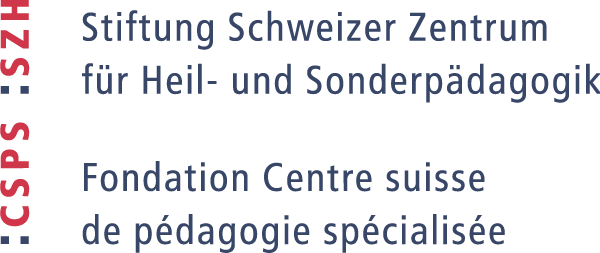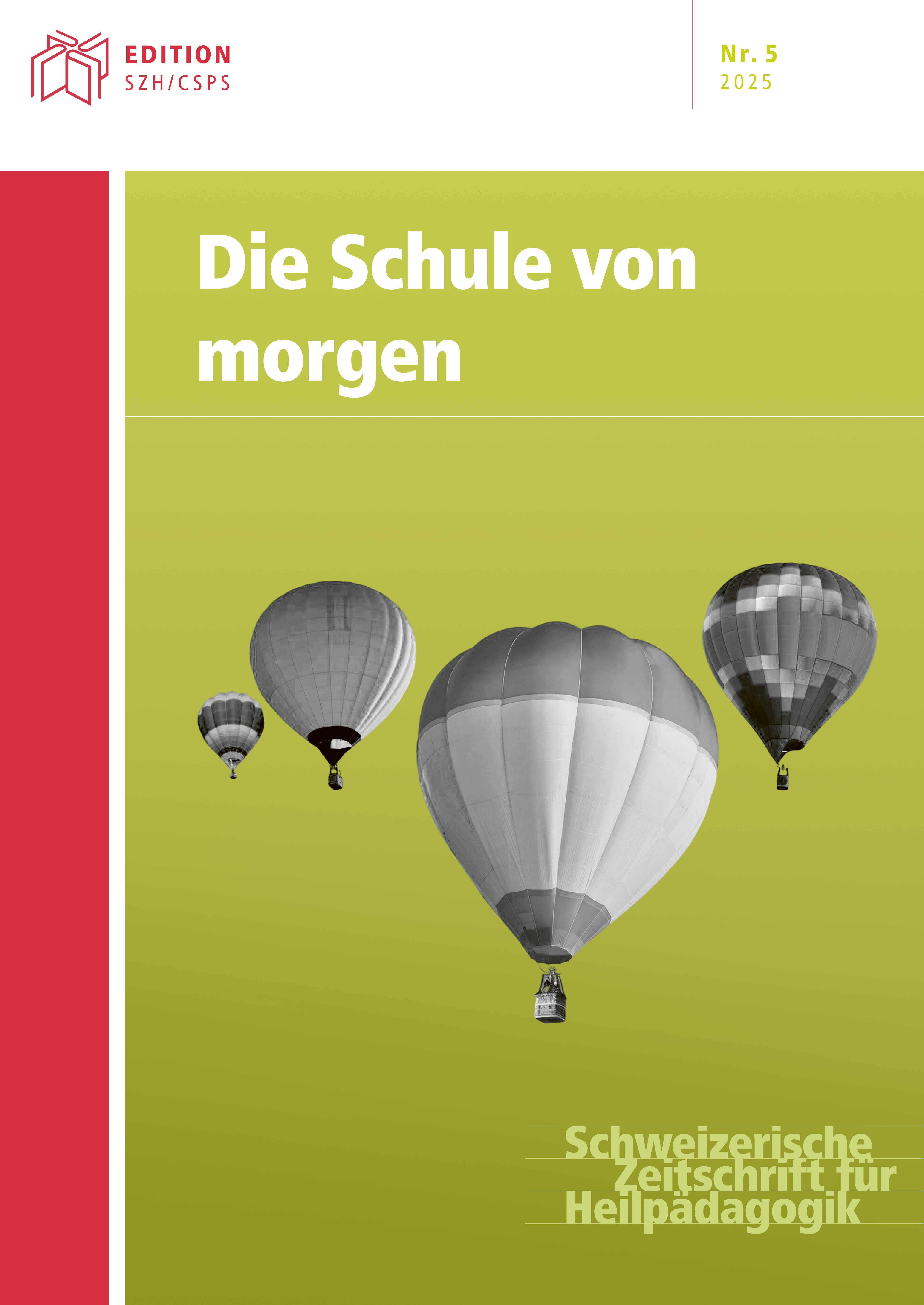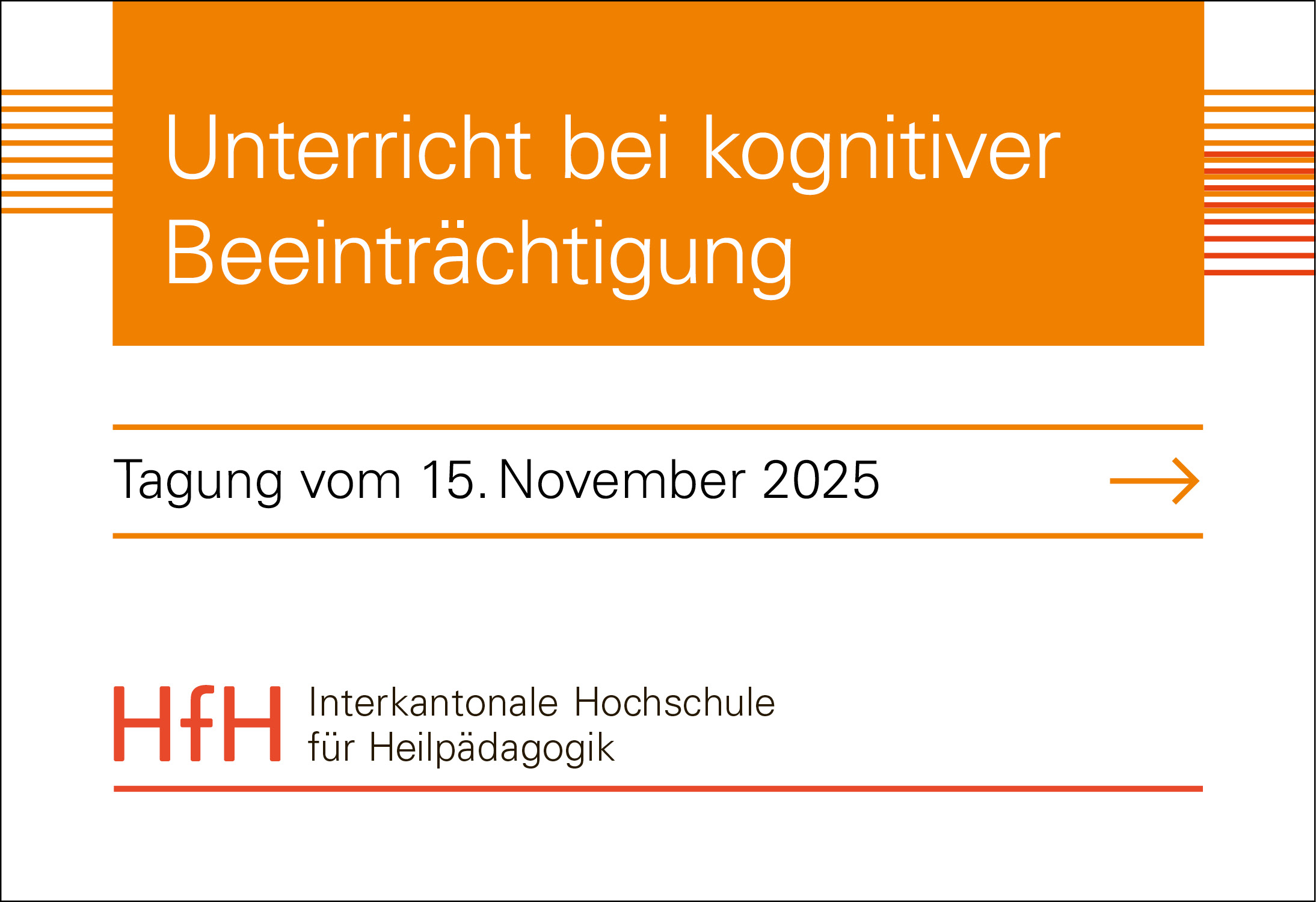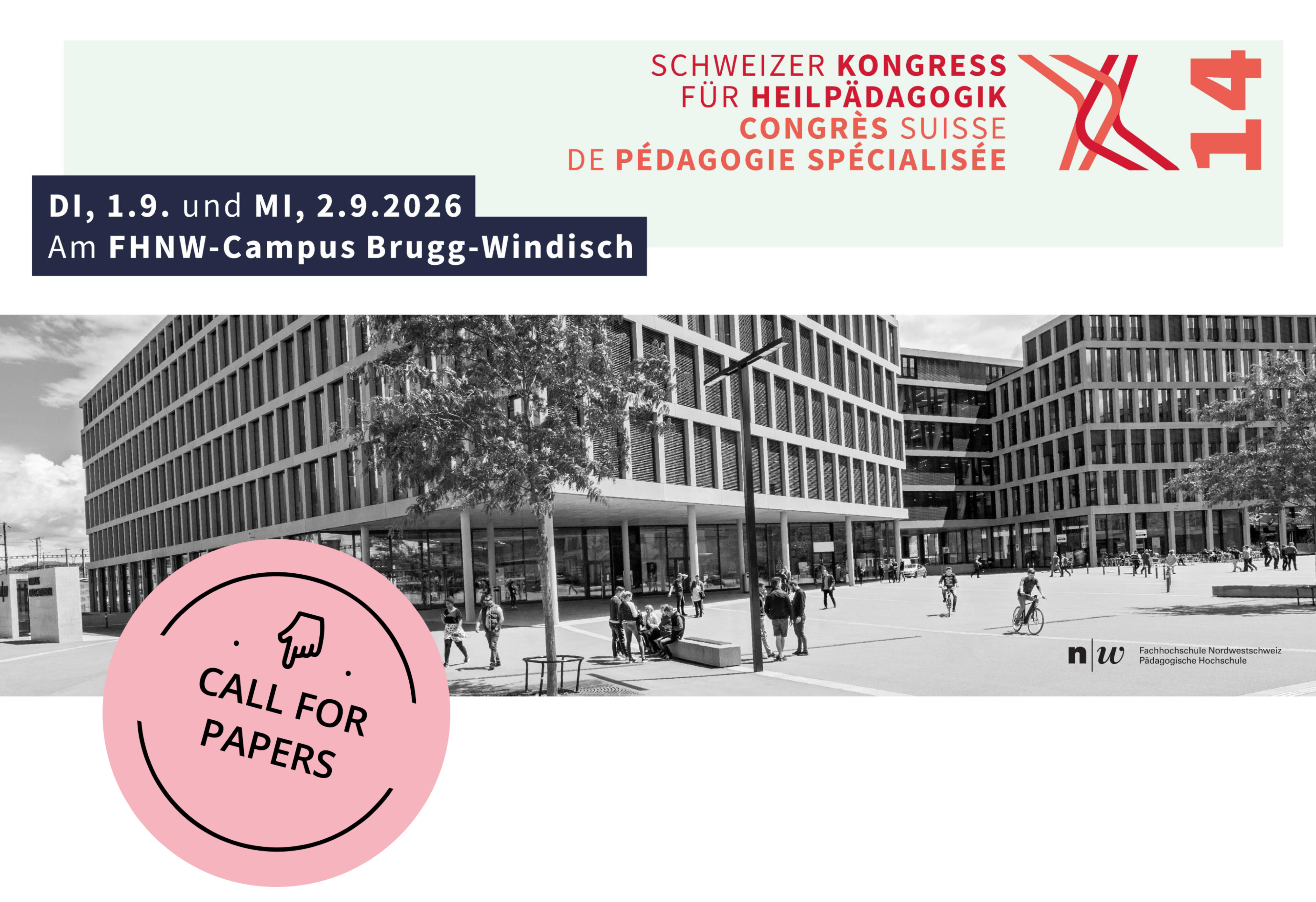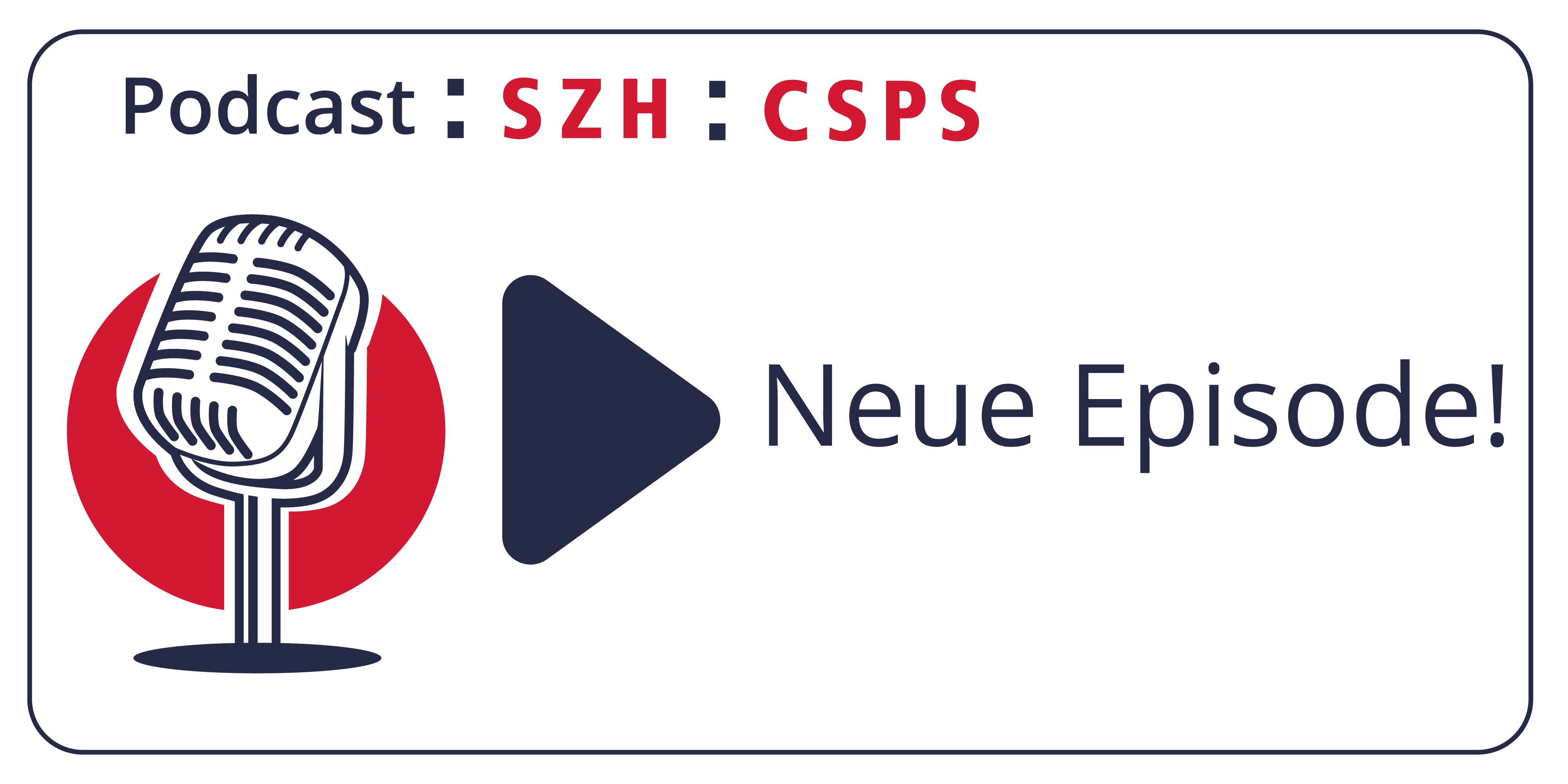Digitale Hochschulbildung für Menschen mit Behinderungen – Chancen und Grenzen
DOI:
https://doi.org/10.57161/z2025-05-08Schlagworte:
Hochschule, Bildung, Fernstudium, Digitalisierung, Barrierefreiheit, Inklusion, BehinderungAbstract
Die Digitalisierung hat das Fernstudium revolutioniert und ermöglicht flexibles, ortsunabhängiges Lernen. Fernunterricht nutzt Technologie, um Bildung für jene zugänglich zu machen, die konventionelle Bildungswege nicht nutzen können. Dies betrifft Berufstätige, Menschen mit familiären Verpflichtungen sowie Personen mit eingeschränkter Mobilität oder Behinderungen. Die «FernUni Schweiz» exemplifiziert modernes Fernstudium mit asynchronen Lernphasen, Videokonferenzen und Remote-Prüfungen. Dieser Beitrag untersucht Chancen und Grenzen des Fernstudiums für Menschen mit Behinderungen im Kontext digitaler Inklusion. Zudem werden Empfehlungen für Politik und Praxis formuliert, die Institutionen dabei helfen können, inklusive Lernumgebungen zu schaffen.
Literaturhinweise
Bayne, S., Evans, P., Ewins, R., Knox, J., Lamb, J., Macleod, H., O'Shea, C., Ross, J., Sheail, P., Sinclair, C. & Johnston, K. (2020). The Manifesto for Teaching online. MIT Press. https://doi.org/10.7551/mitpress/11840.001.0001
CAST (o. J.). The UDL guidelines. https://udlguidelines.cast.org/ [Zugriff: 06.06.2025].
Cinquin, P., Guitton, P. & Sauzéon, H. (2018). Online e-learning and cognitive disabilities: A systematic review. Computers & Education, 130, 152–167. https://doi.org/10.1016/j.compedu.2018.12.004
Dahlstrom-Hakki, I., Alstad, Z. & Banerjee, M. (2020). Comparing synchronous and asynchronous online discussions for students with disabilities: The impact of social presence. Computers & Education, 150, 103842. https://doi.org/10.1016/j.compedu.2020.103842
Elias, T. (2010). Universal instructional design principles for Moodle. The International Review of Research in Open and Distributed Learning, 11 (2), 110. https://doi.org/10.19173/irrodl.v11i2.869
Fernández-Batanero, J. M., Montenegro-Rueda, M. & Fernández-Cerero, J. (2022). Access and Participation of Students with Disabilities: The Challenge for Higher Education. International Journal of Environmental Research and Public Health, 19 (19), 11918. https://doi.org/10.3390/ijerph191911918
Gunawardena, M., Bischof, P. & Aviruppola, K. (2024). Personalized learning: The simple, the complicated, the complex and the chaotic. Teaching and Teacher Education, 139, 104429. https://doi.org/10.1016/j.tate.2023.104429
International Association of Accessibility Professionals. (o. J.). Certification overview. https://www.accessibilityassociation.org/certification-overview [Zugriff: 24.03.2025].
MacKenzie, A., Bacalja, A., Annamali, D., Panaretou, A., Girme, P., Cutajar, M., Abegglen, S., Evens, M., Neuhaus, F., Wilson, K., Psarikidou, K., Koole, M., Hrastinski, S., Sturm, S., Adachi, C., Schnaider, K., Bozkurt, A., Rapanta, C., Themelis, C. & Gourlay, L. (2021). Dissolving the Dichotomies Between Online and Campus-Based Teaching: a Collective Response to «The Manifesto for Teaching Online» (Bayne et al. 2020). Postdigital Science and Education, 4 (2), 271–329. https://doi.org/10.1007/s42438-021-00259-z
Moisey, S. D. (2004). Students with Disabilities in Distance Education: Characteristics, Course Enrollment and Completion, and Support Services. https://ijede.ca/index.php/jde/article/view/106/0
Moore, M. G. (2023). From correspondence education to online distance education. In O. Zawacki-Richter & I. Jung (Eds.), Handbook of Open, Distance and Digital Education (pp. 27–42). Springer. https://doi.org/10.1007/978-981-19-2080-6_2
O'Donnell, E., Lawless, S., Sharp, M. & Wade, V. P. (2015). A Review of Personalised E-Learning. International Journal of Distance Education Technologies, 13 (1), 22–47. https://doi.org/10.4018/ijdet.2015010102
Sancenon, V., Wijaya, K., Wen, X. Y. S., Utama, D. A., Ashworth, M., Ng, K. H., Cheong, A. & Neo, Z. (2022). A new Web-Based Personalized Learning system improves student learning outcomes. International Journal of Virtual and Personal Learning Environments, 12 (1), 1–21. https://doi.org/10.4018/ijvple.295306
Scanlan, M. (2021). Reassessing the disability divide: unequal access as the world is pushed online. Universal Access In The Information Society, 21 (3), 725–735. https://doi.org/10.1007/s10209-021-00803-5
Warschauer, M. (2003). Conclusion: The Social Embeddedness of Technologie. In M. Warschauer (Ed.), Technology and social inclusion: rethinking the digital divide (pp. 199–216). The MIT Press. https://doi.org/10.7551/mitpress/6699.001.0001
World Wide Web Consortium (2024). W3C accessibility standards overview. W3C Web Accessibility Initiative. https://www.w3.org/WAI/standards-guidelines/#intro [Zugriff: 06.06.2025].
Veröffentlicht
Zitationsvorschlag
Ausgabe
Rubrik
Lizenz
Copyright (c) 2025 Vincent Groff, Andrea C. Samson

Dieses Werk steht unter der Lizenz Creative Commons Namensnennung 4.0 International.
